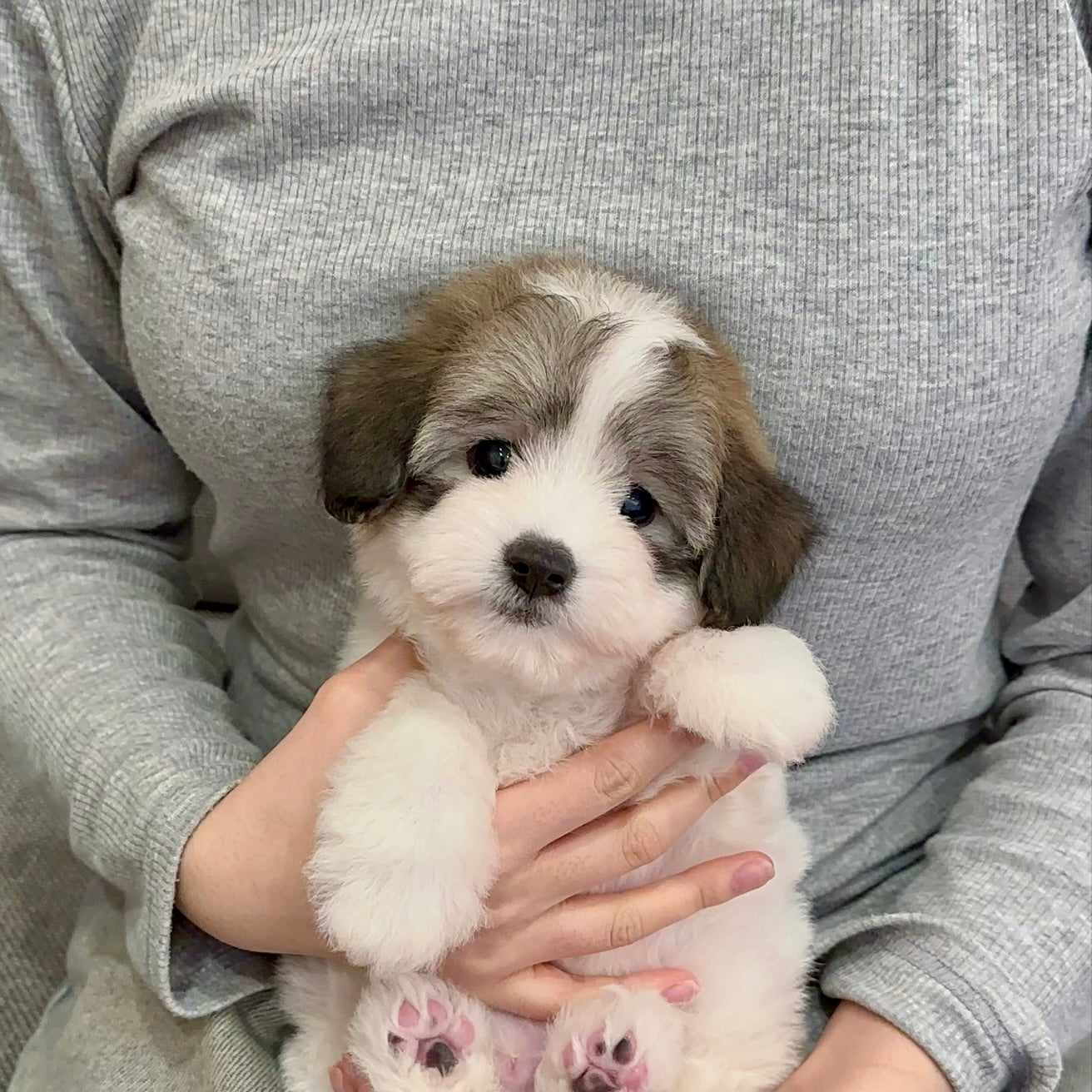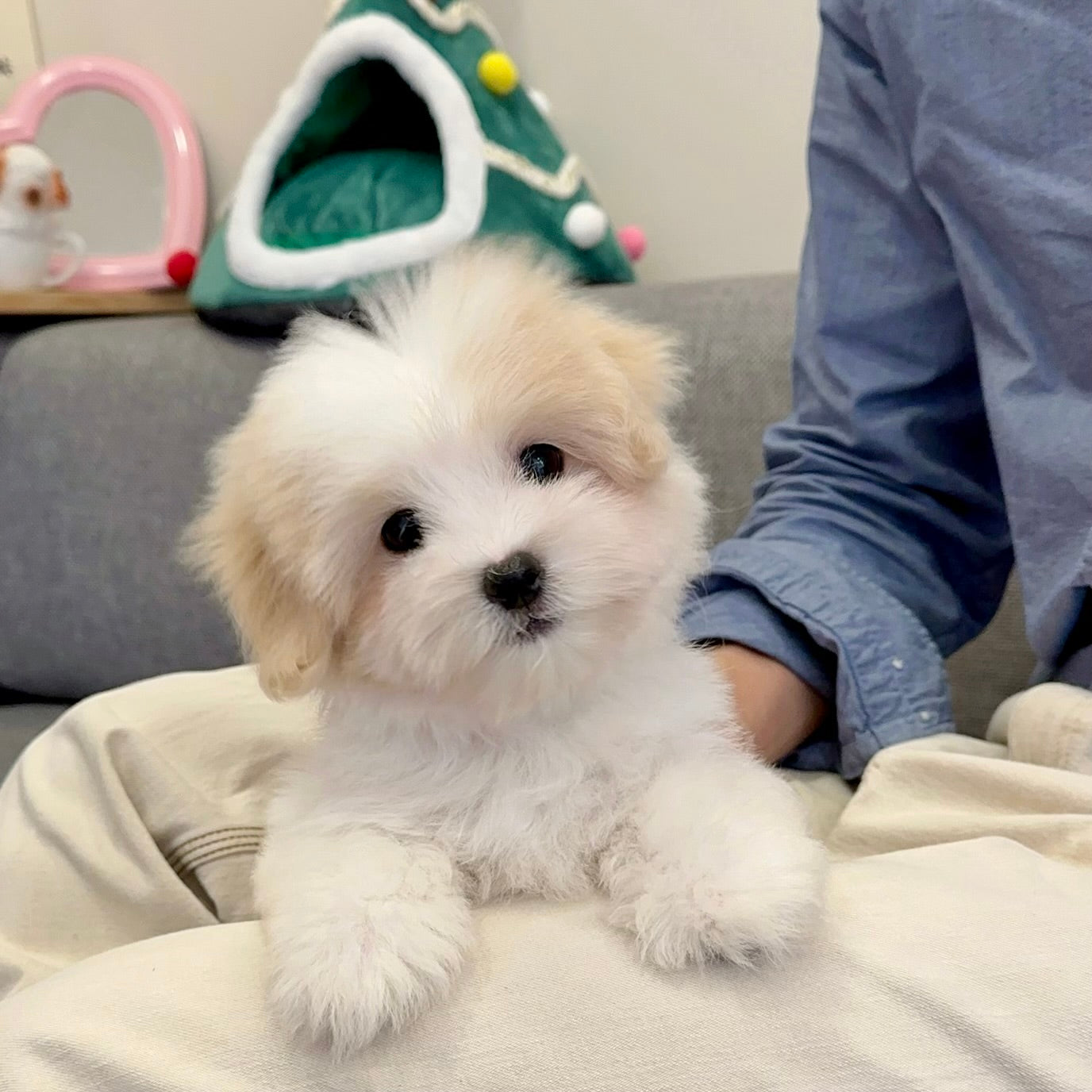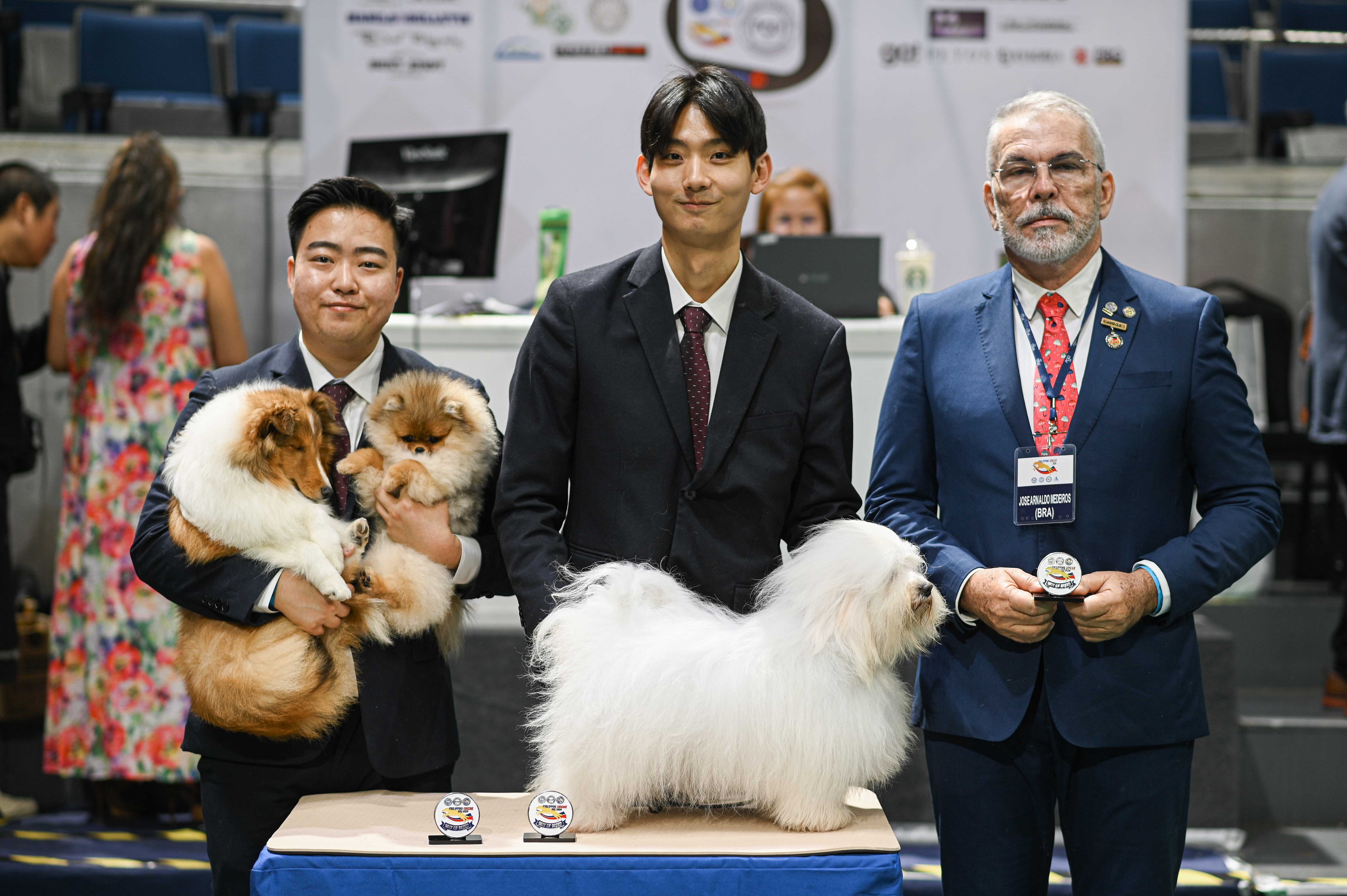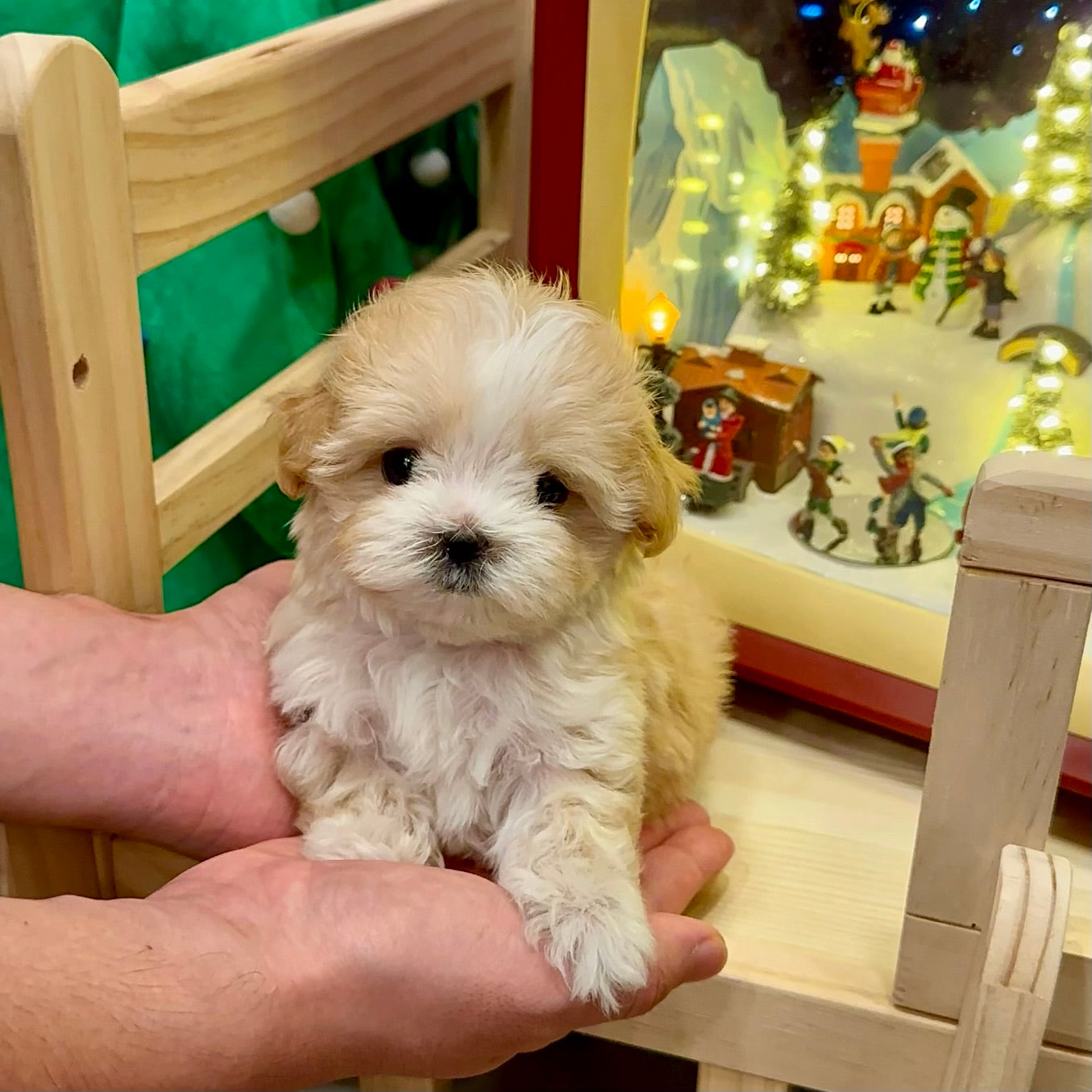Prevent Dog Bites: Essential Guide for Family Safety

Hello!
This is Kim's Pups, Korean teacup puppy, teacup dog breeder and boutique.
Have you ever wondered why puppies like to bite and nip at everything?
Just like how we use our hands to explore the world, dogs use their mouths!
Today, we're going to learn all about why dogs bite and how we can help them grow into well-behaved family members.

Why Do Puppies Bite?
Puppies are a lot like human babies - they're curious about everything around them!
Between 2 to 3 months old, puppies explore their world by putting things in their mouths, including our hands and feet.
Think of it as their way of saying "hello" and learning about their environment.
When puppies reach 3 to 5 months old, they start teething, just like young children.
Their gums get itchy and uncomfortable as their adult teeth grow in, which makes them want to chew on everything they can find.
This is completely normal behavior, but it's important to teach them good habits early on.

Fun Ways to Train Your Puppy
Daily Playtime Adventures
One of the best ways to prevent biting is through fun, daily play sessions.
Spend about 10 minutes each day playing tug-of-war with your puppy.
It's like teaching them a fun game while also showing them how to be gentle with their mouth.
Make sure to use a long tug toy to keep your hands safe when your puppy gets excited!
During teething time, you might want to play tug-of-war a little more often.
This helps redirect their chewing needs to appropriate toys instead of your furniture or hands.
Remember to put the toys away after playtime - this teaches your puppy that playtime has specific times and places.

Safe Chewing Options
Just like how we might give teething babies special toys to chew on, puppies need appropriate items for their teething phase.
Veterinarians and pet experts often recommend special chew toys and natural options like deer antler sticks.
These chew toys are good for your puppy!
They have calcium that helps make your puppy's teeth strong.
Here are some safe chewing options for your puppy:
- Specially designed puppy teething toys
- Deer antler sticks (natural and long-lasting)
- Puppy-specific dental chews
- Frozen washcloths (supervised use only)

Getting Your Puppy Comfortable with Handling
Another important part of training is helping your puppy feel comfortable being touched and handled.
We call this desensitization training, and you can do it easily!
Here's how you can do it:
- Start by gently touching your puppy's paws, ears, and other sensitive areas for just a few seconds
- Give them lots of praise and maybe a small treat
- Gradually increase the time you spend handling these areas
- Practice regularly during calm moments
Teaching your puppy good habits now will make things easier later.
Your puppy will behave better at the vet, during grooming, and when cutting nails.

What to Do When Your Puppy Bites
Sometimes, despite our best efforts, puppies might still bite during play.
Don't worry - this is normal, but we need to teach them that it's not okay.
Here's what you can do.
When your puppy bites too hard:
- Say "no" in a calm but firm voice
- Gently move away from your puppy
- Take a short break from playing (about 30 seconds)
- Return to play when your puppy is calm
If your puppy bites harder or seems to be demanding attention through biting:
- Stand up immediately
- Turn your back
- Ignore them completely for a minute
- When they calm down, praise them and resume gentle play

Long-Term Benefits of Early Training
Teaching your puppy good habits now leads to a lifetime of benefits:
- A stronger bond between you and your pet
- A well-behaved dog that friends and family feel safe around
- Easier vet visits and grooming sessions
- Fewer behavior problems as your puppy grows up

Special Tips for Families with Children
Children are often the most excited about playing with puppies, but they also need to learn how to interact safely.
Here are some important guidelines:
- Always supervise interactions between children and puppies
- Teach children not to pull on the puppy's ears, tail, or fur
- Show kids how to pet gently and respect the puppy's space
- Help children understand that a tired or eating puppy should be left alone

Signs Your Training Is Working
You'll know your bite prevention training is successful when you see:
- Your puppy using appropriate chew toys instead of your hands
- Gentler mouth pressure during play
- Calm behavior during handling and grooming
- Positive responses to training commands
Remember, every puppy learns at their own pace.
Keep working with your puppy every day.
Don't give up! Your puppy will grow up to be a good dog that people like.

When to Seek Professional Help
If your puppy keeps biting too much, it's okay to ask for help.
You can talk to a dog trainer or your vet.
They can provide personalized advice and additional training techniques specific to your puppy's needs.
Or, directly talk to us!
If you take time to teach your puppy good behavior now, you and your puppy will have many happy years together.
Remember, the time you invest in training now will reward you with years of joyful companionship!
This is Kim's Pups. Thank you.
* Every picture in this article is from Kim's Pups puppies.
Choosing a pet isn’t just about having a cute animal; it’s about creating memories and sharing life as a family.
That’s why it’s important to carefully 'choose' your companion.
At Kim's Pups, we offer personalized one-on-one consultations for people interested in adopting a dog.
We consider your home, lifestyle, and the dog's personality and exercise needs to help you find the best match.
Since welcoming a new family member is such an important step, feel free to reach out for any questions or guidance.
We're here to help! 😊



